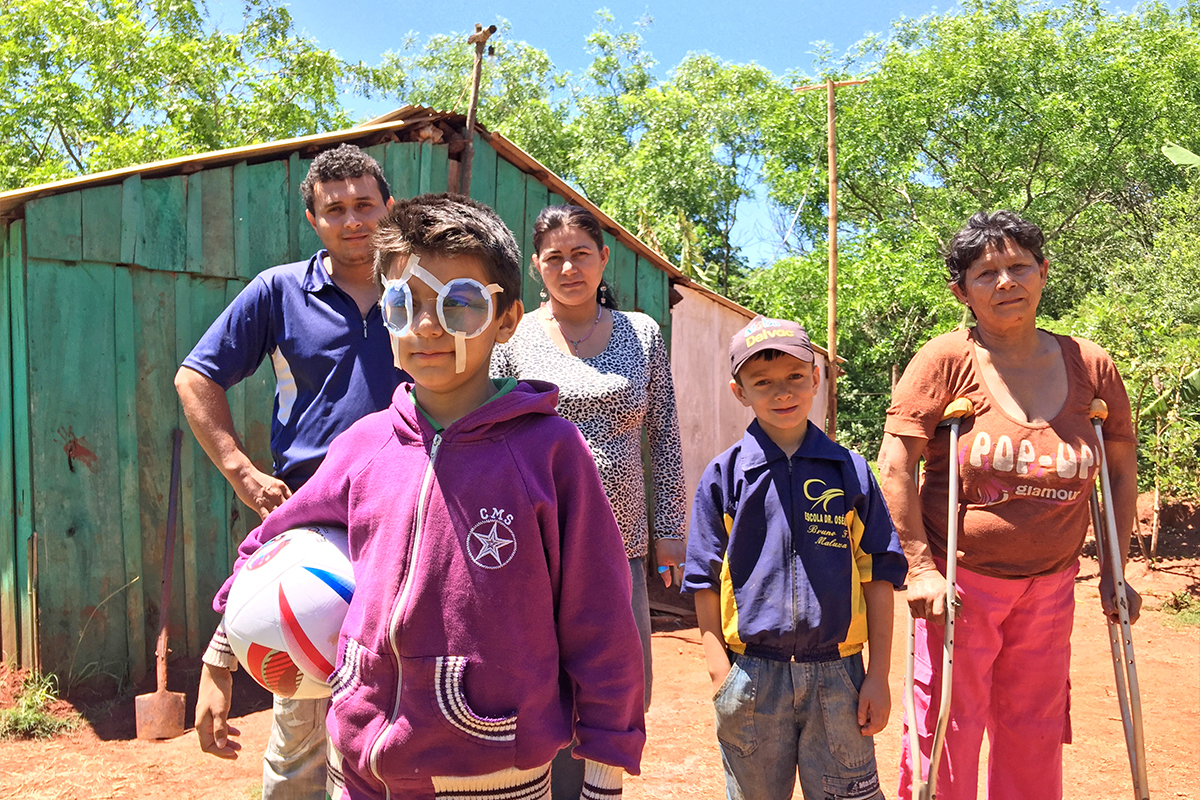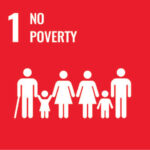Join a powerful, unprecedented alliance for better eye health for all.
Join IAPB90% of avoidable sight loss is experienced by people in low-and middle-income countries, impeding a state’s ability to eradicate poverty and reduce the inequalities and vulnerabilities that leave people behind.


Image by Sergio Negrete